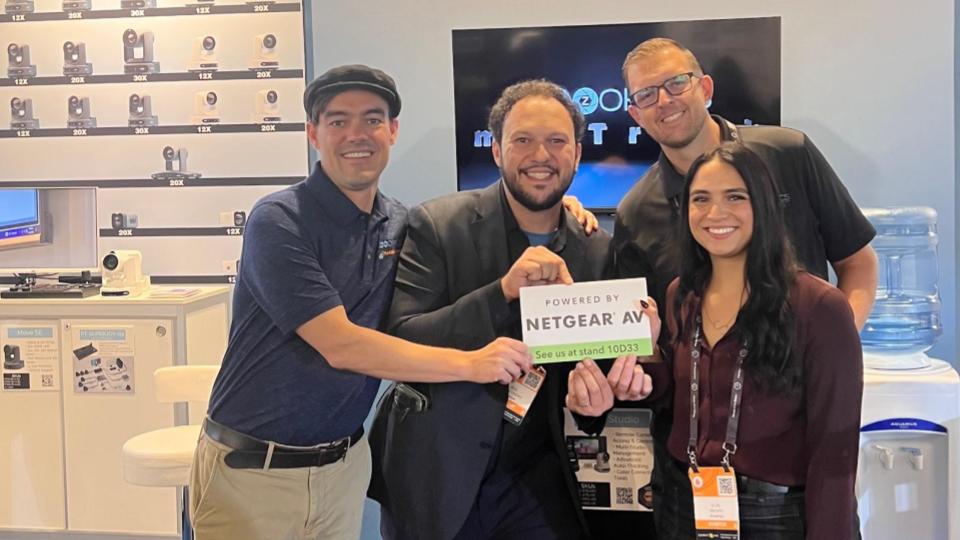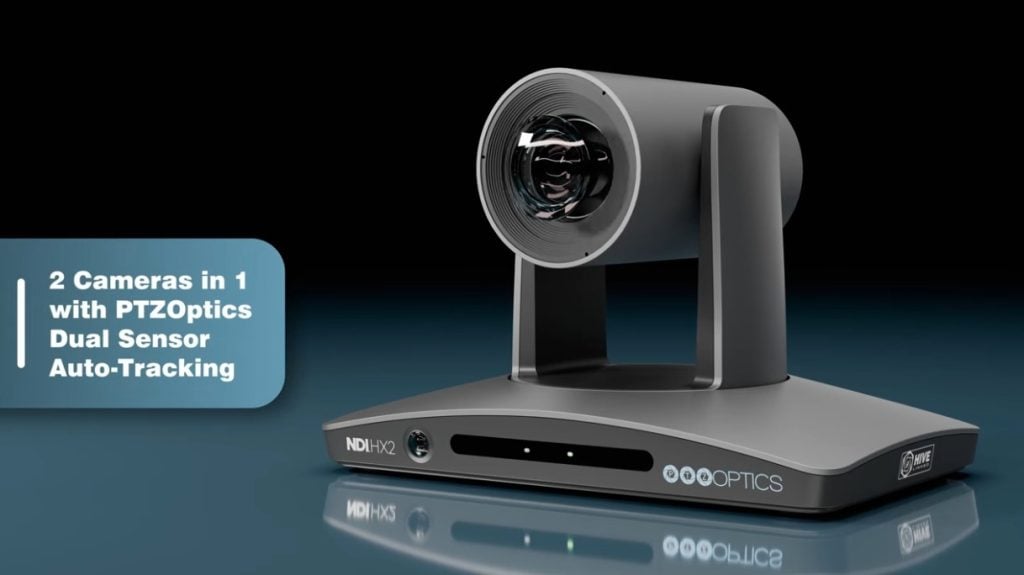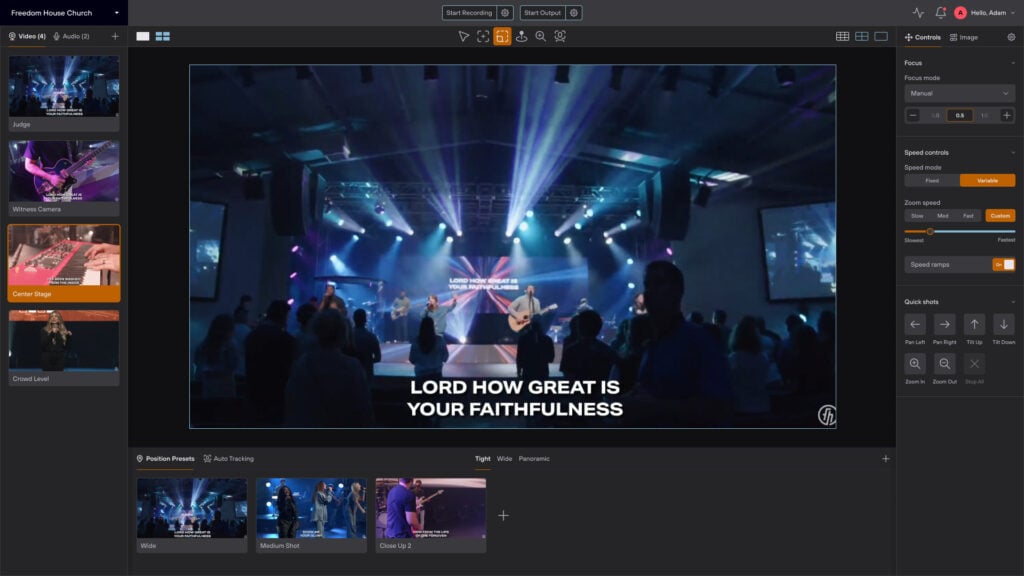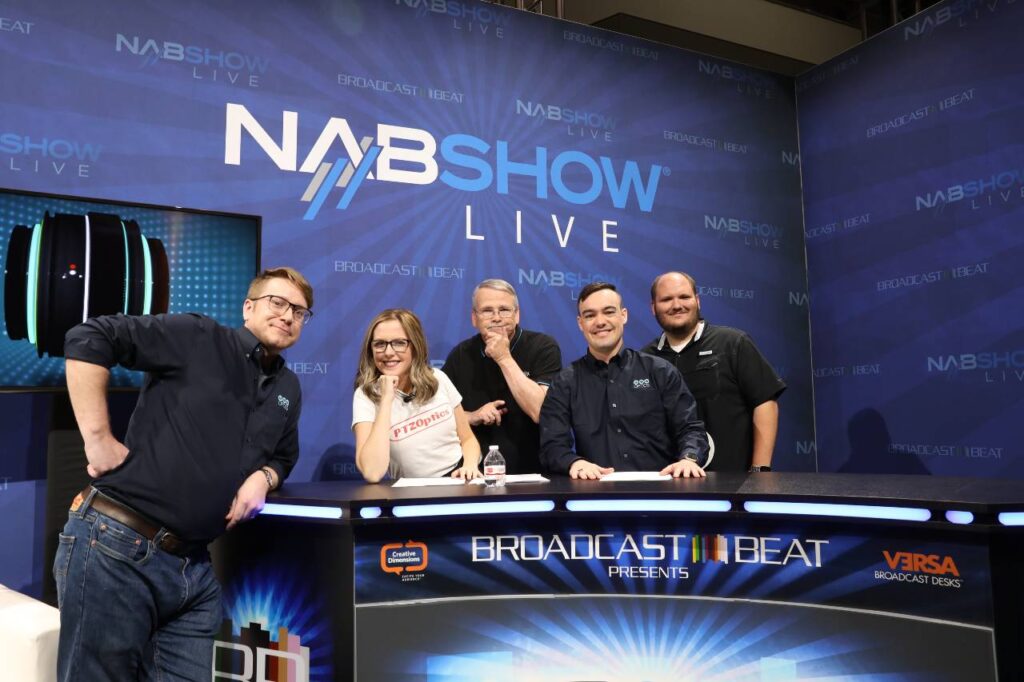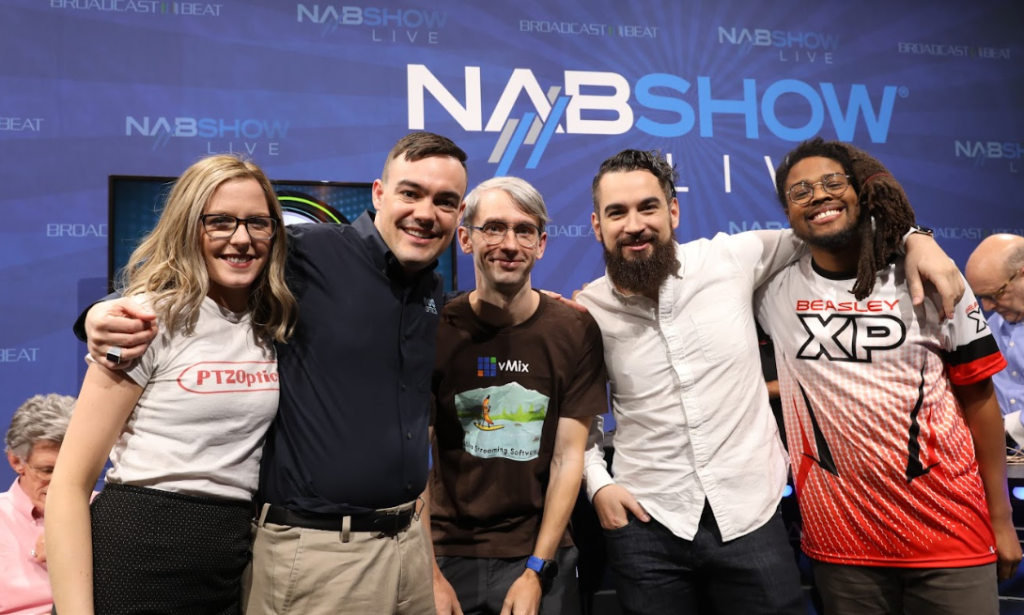How will AI change video production in 2024?
Written by Paul Richards on March 3, 2024
There has been huge growth in video editing and production demand in 2024 as shown with change in jobs posted on Upwork since the release of ChatGPT. The graph above shows a trend many of us have noticed in the live streaming and video production industry. Since the release of ChatGPT, it has become easier to create a video advertising plan and execute with an AI assistant. With a 40% increase in video production job demand it’s almost as if ChatGPT is recommending video campaigns to millions of users who are asking questions like “How can I grow my business in 2024?”
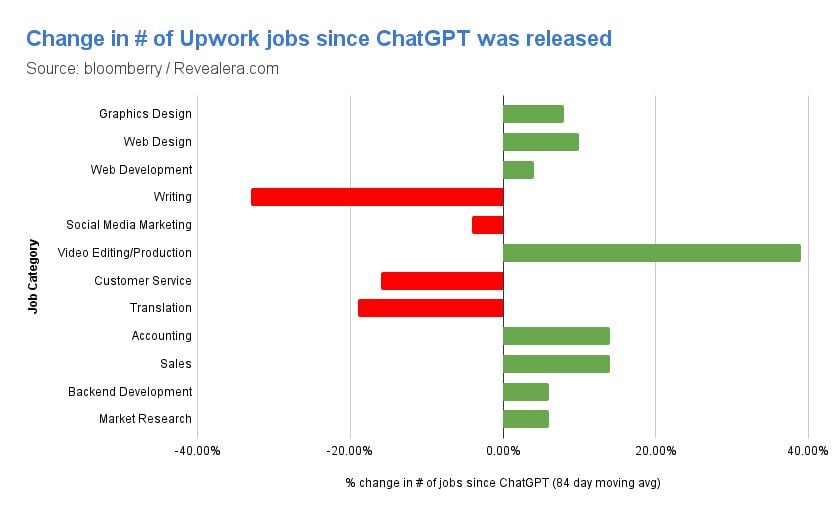
AI Impact on Video Produciton
When I posted this, as a question on LinkedIn, many of my peers in the industry have responded with caution and worry about the new AI video production tools that are hitting the market. One of particular interest SORA, OpenAIs new text to video generation tool, claims that it can make “stunning” videos from a simple text prompt. If SORA is anything like ChatGPT, the industry is going to be in for some significant change. Is the temporary boost in video production going to maintain it’s signifigant growth or will it decline like other job category’s such as writing and social media marketing?
One area of interest to our team here at PTZOpticsis live video production. I whole-heartly believe live video content will continue to increase in value as AI video becomes more prevalent. This is because the value of “Authentic” real-time video communication will increase as a result of so much “lost personal touch” with AI generated video.
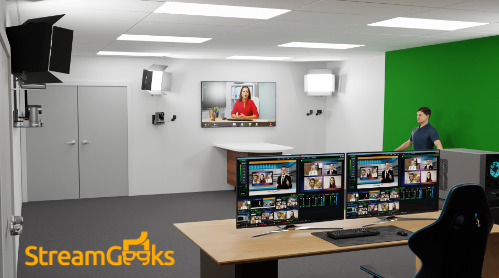
From my vantage point at StreamGeeks, I’ve observed AI’s role in automating processes like video editing, a domain once heavily reliant on human expertise. Photorealistic AI-generated videos aren’t far behind my friends. The duality of AI – as a powerful assistant and a potential replacement – is something we can’t ignore. It’s fascinating, for instance, how AI can streamline tasks such as tracking PTZ camera movements, enhancing the efficiency and creative possibilities of live streaming.
As someone working in the world of live streaming and video production, I see this as a pivotal moment. The industry stands at a crossroads where AI-generated content and the authenticity of human creativity are in a delicate balance. This isn’t just about technology overtaking tasks; it’s about redefining how we position ourselves for “productivity gains” to compete in this modern landscape.
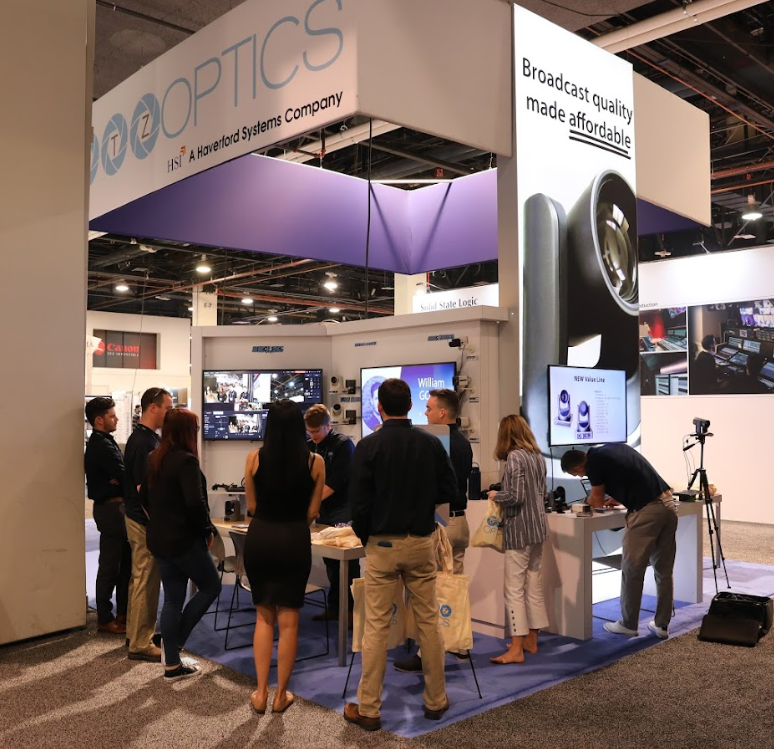
The future of video production will likely revolve around a synergy between human creativity and AI’s efficiency. But how far will we need to pivot our skills towards areas where AI can’t replicate the nuanced understanding and creative insights we bring to the table. Learning to manage and work alongside AI, understanding its capabilities and limitations, will be crucial. We need to be the conductors of this technological orchestra, blending AI’s computational power with our irreplaceable creative spirit.
It’s great that we are seeing a temporarily boom in the demand for video production but I think we are all wondering how far can AI transform the industry? A second wave of specialty-AI video production tools are on their way to being released. My message to fellow video production professionals is one of optimism and resilience. Let’s embrace this change, continue to learn, and find ways to complement our skills with AI advancements. The future isn’t about AI versus humans; it’s about how we can harmonize these forces to create content that resonates with authenticity and innovation.
